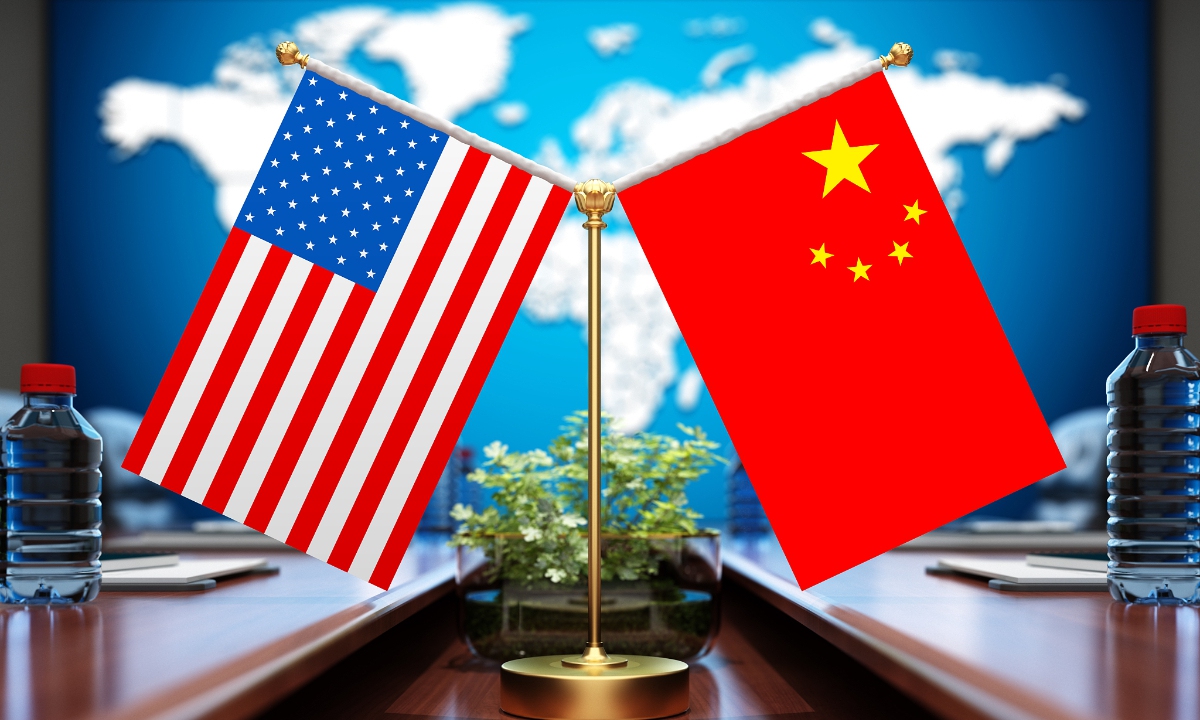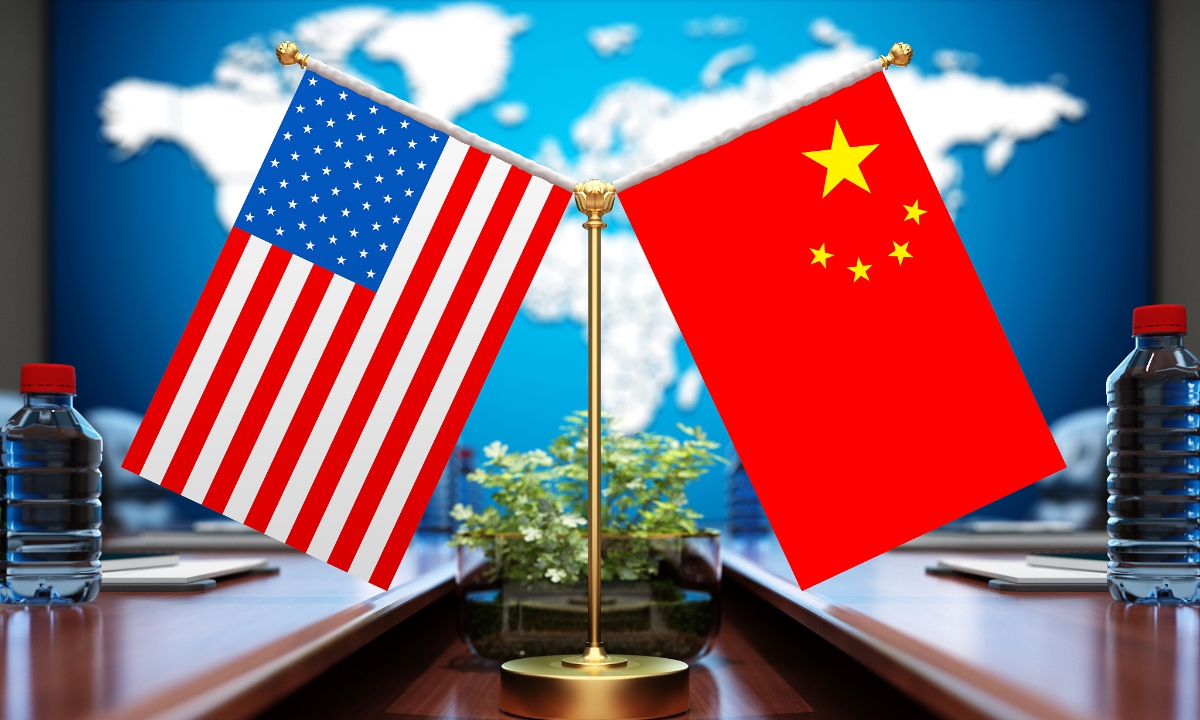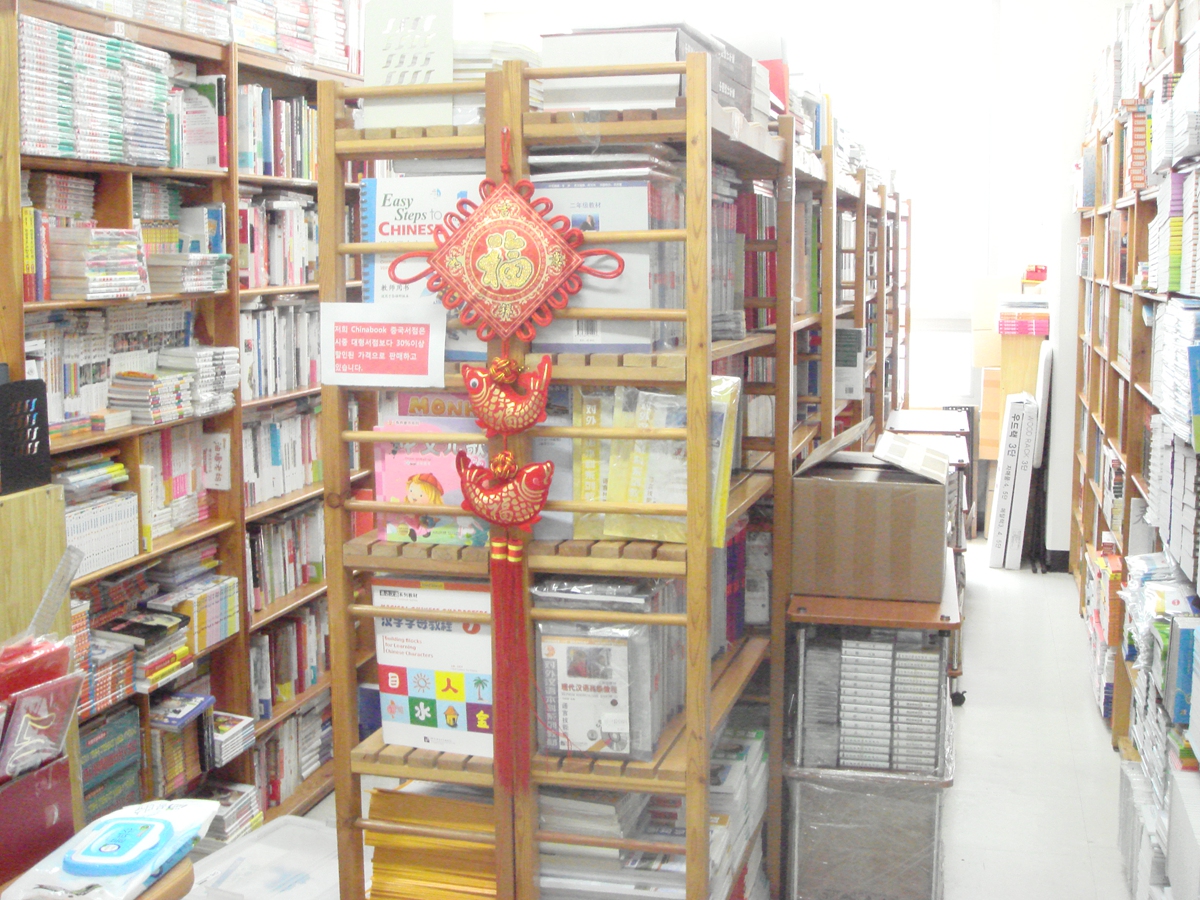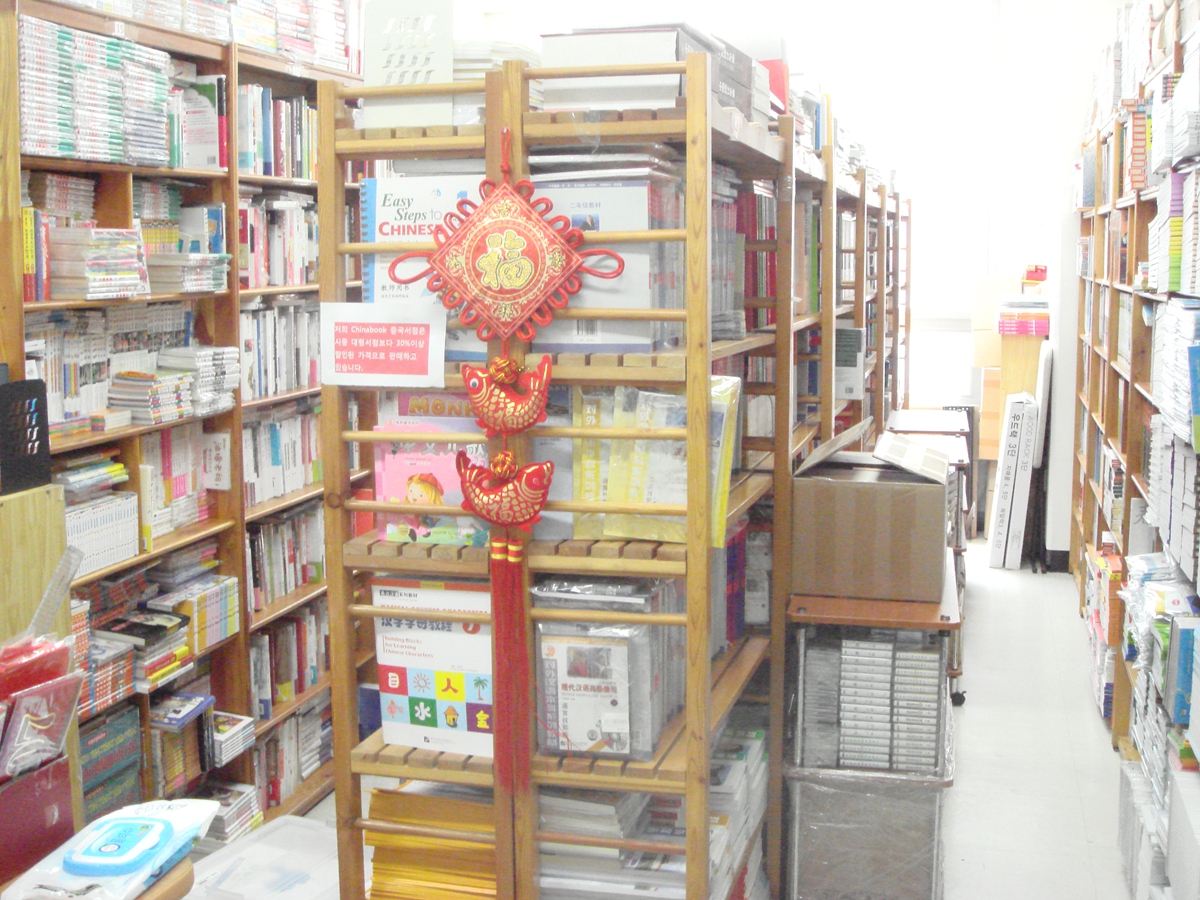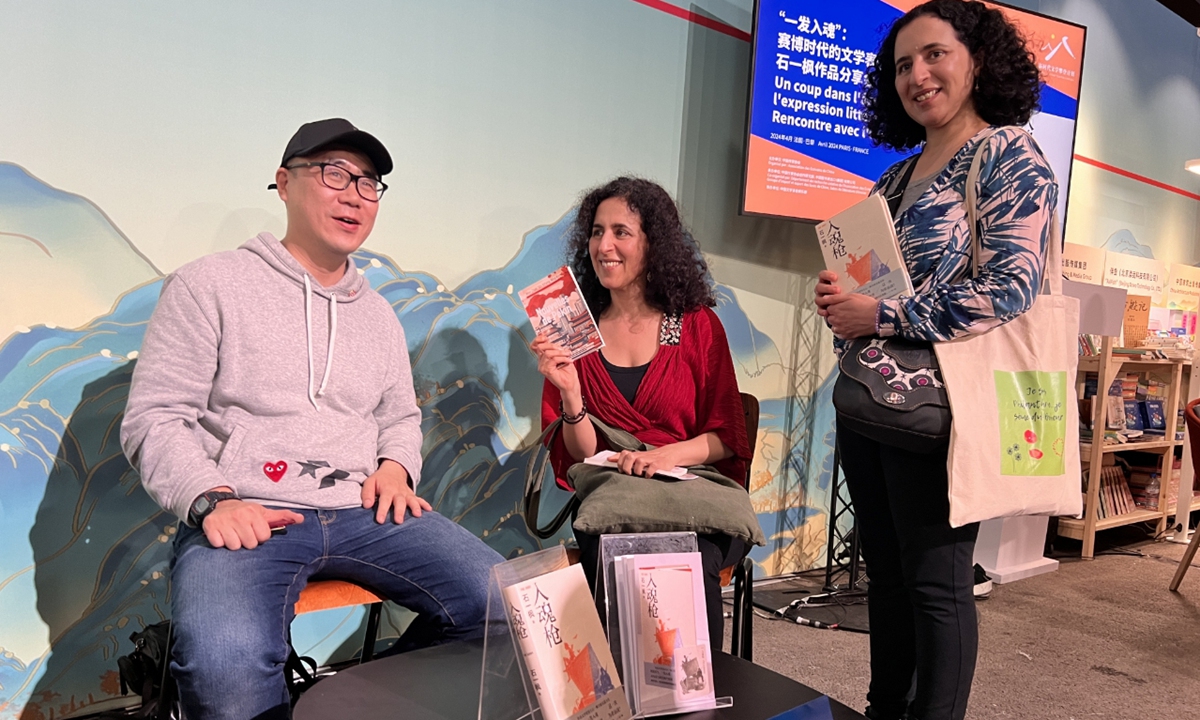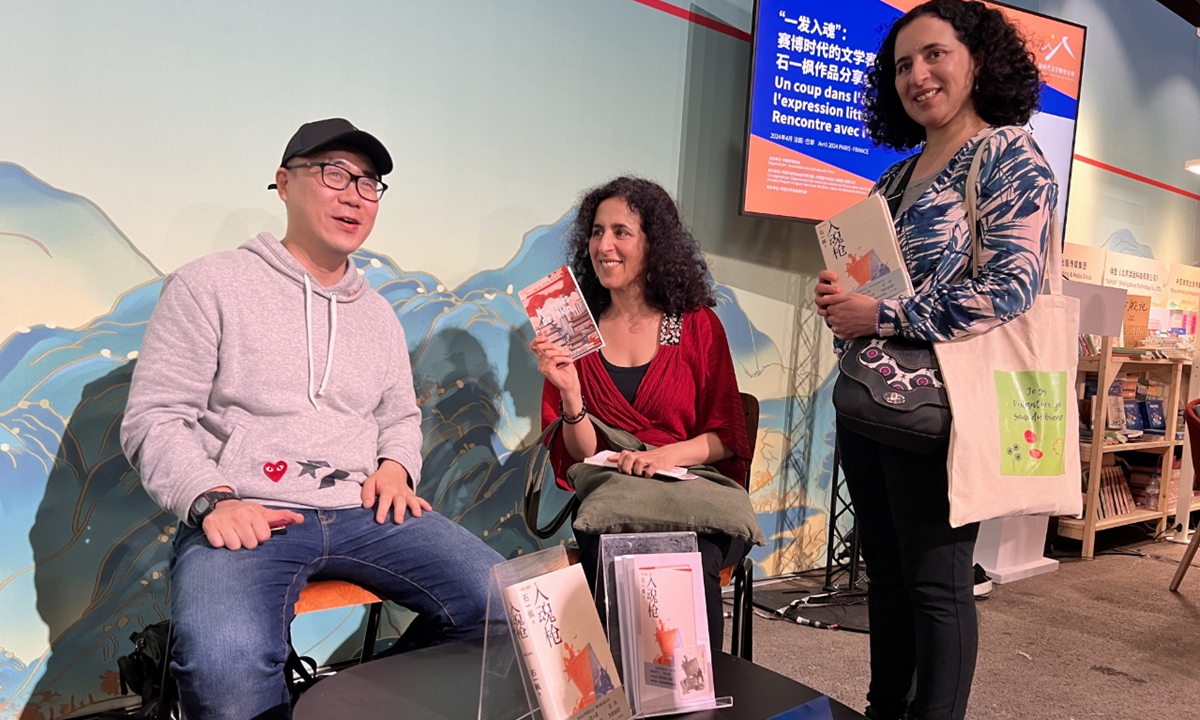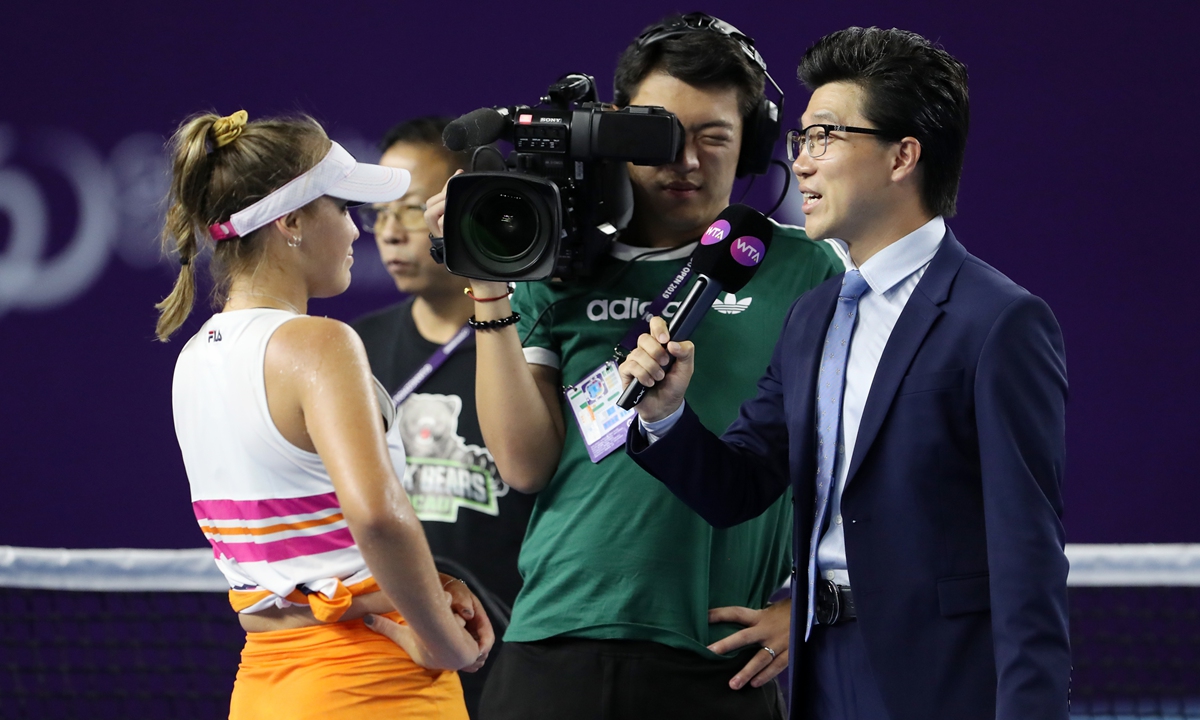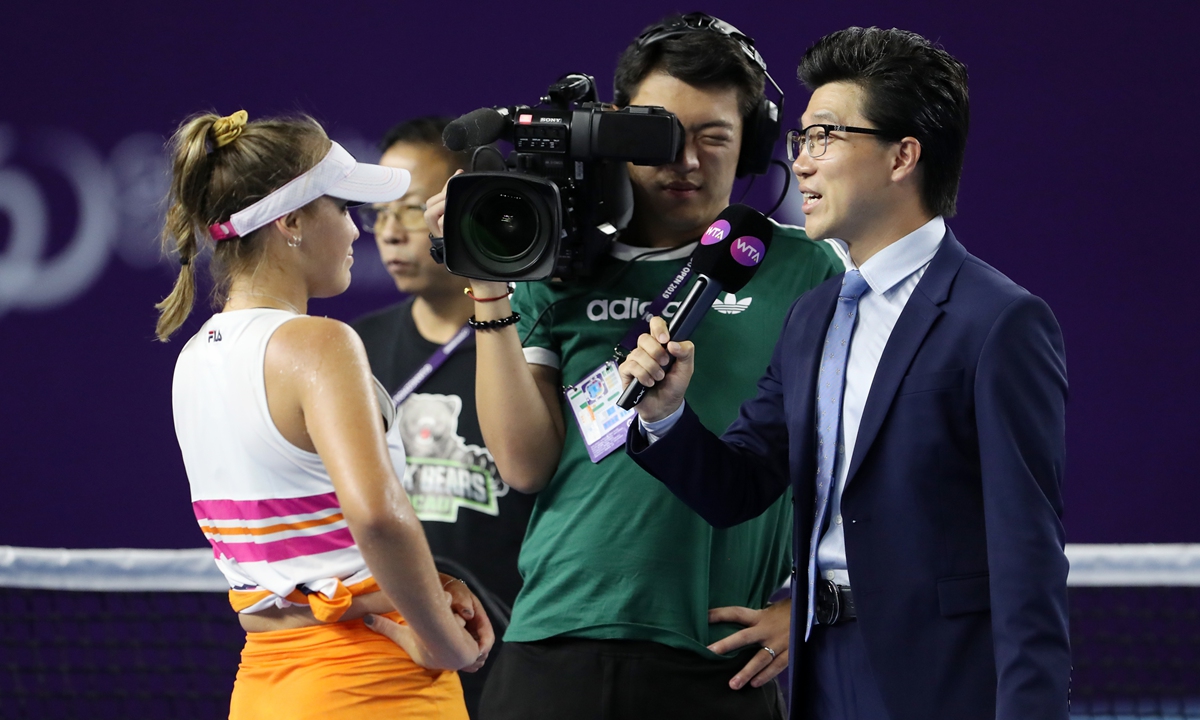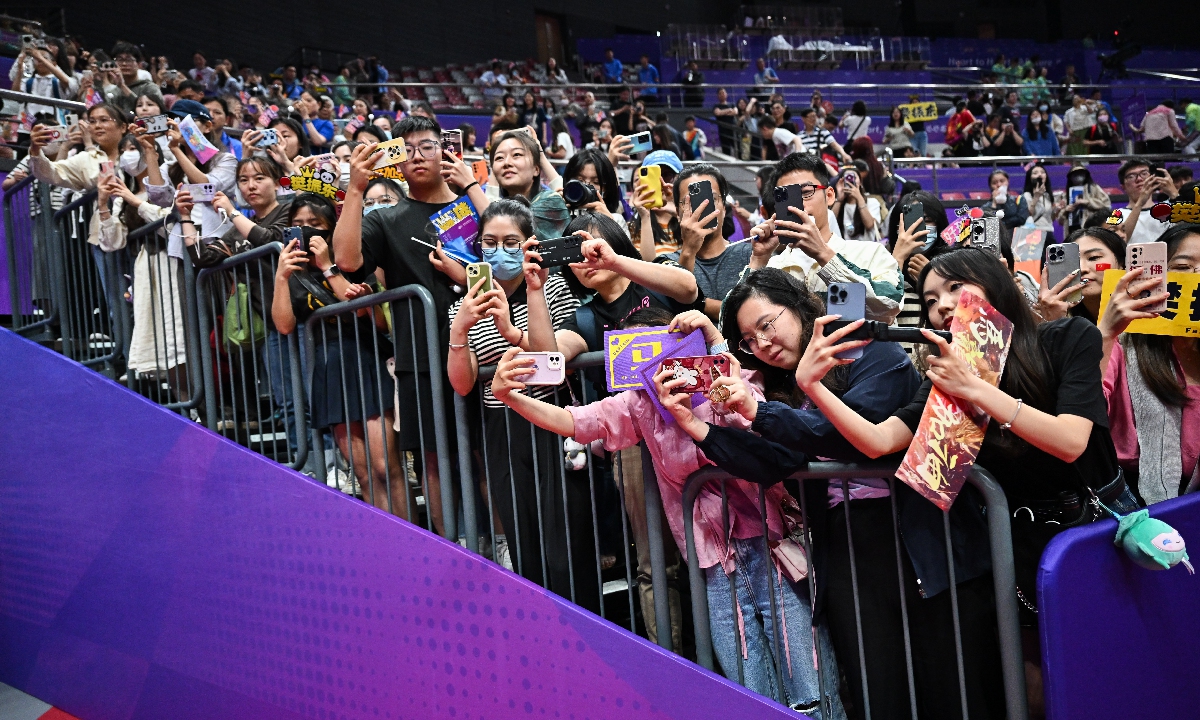
Illustration: Chen Xia/Global Times
In celebration of the 50th anniversary of establishing diplomatic relations between China and Brazil in 2024, the 14th Beijing International Film Festival (BIFF) has taken a significant step toward enhancing cultural exchanges and cooperation between the two countries.
By inviting Brazil as the Guest of Honor and hosting a series of collaborative events with the Brazilian Embassy in China, the film festival aims not only to deepen the comprehensive strategic partnership between China and Brazil but also to elevate its international influence.
During the ongoing festival, the Brazil Film Week showcased four outstanding Brazilian films, namely
Mars One,
Pictures of Ghosts,
The Second Mother, and
History of Love and Fury, to Chinese audiences, offering them a glimpse into Brazil’s rich cinematic landscape.
Meanwhile, renowned Brazilian animator Carlos Saldanha served as an international judge for the prestigious Tiantan Awards.
Cassius Rosa, Brazil’s vice minister of culture, told the Global Times in a one-on-one interview that the four Brazilian films show a rich diversity of genres and that he hopes that Chinese moviegoers can enjoy them while gaining insight into Brazil.
He emphasized the role of cinema as a powerful medium for strengthening mutual understanding and cultural exchanges between nations, and said that Brazil also actively promotes Chinese films in various cities.
He noted that Chinese kung fu action films, along with historical and comedic genres, are highly popular among Brazilian audiences.
This reciprocal exchange of cinematic experiences reflects the mutual interest and appreciation between the two countries.
In addition to showcasing Brazilian films in China, the cultural exchange event extends to Brazil, with the Chinese Film Festival opening in Rio de Janeiro on March 22 and the annual Sao Paulo Chinese Film Festival featuring a diverse selection of Chinese films.
Such initiatives demonstrate the growing collaboration in the film industry, supported by bilateral agreements and partnerships between China and Brazil.
In recent years, under the vigorous promotion of both governments, film and television cooperation between China and Brazil has deepened.
In September 2017, the two countries signed their first film co-production agreement. During Brazilian President Luiz Inacio Lula da Silva’s visit to China in April 2023, the two countries signed an agreement on television cooperation production.
Films co-produced by Brazilian and Chinese companies will enjoy national treatment in the two countries, benefit from existing public funding mechanisms, and be regarded as national products in their respective markets.
On Friday, at a forum for exchanges between Chinese and foreign filmmakers, representatives from the BIFF and the Rio de Janeiro International Film Festival signed a memorandum of cooperation.
They agreed to establish mechanisms to encourage mutual visits, conduct discussions and field research, and establish mechanisms for recommending films to each other, enhancing cooperation and exchange in the film industry between the two countries.
On Sunday, Rosa, accompanied by officials from the Brazilian film community delegation, visited the State Production Base of the China Film Group in Beijing’s Huairou district.
During the visit, they toured the post-production sound and video department, LED virtual studio, and outdoor shooting locations, gaining a detailed understanding of the facilities and technology at the hub of China’s film production industry.
During the discussions, Rosa introduced the recent situation of Brazil’s film industry and inquired about the current requirements for importing foreign films into China.
While expressing great expectations for cooperation, he announced the decision to invite a delegation of Chinese filmmakers to Brazil for in-depth exchanges in the near future.
He also hoped that through film screenings, film imports and exports, co-productions, and other means, both countries can enhance cultural exchanges and mutual learning, continuing the friendship between China and Brazil.
“By continuously deepening cultural exchanges between the peoples of both countries, we can promote mutual understanding and use this as a driving force to expand economic and trade exchanges into multiple areas,” Rosa said.
The year also marks the one-year anniversary of the China-proposed Global Civilization Initiative.
Rosa told the Global Times that besides films, the two countries also have a large potential for cooperation in other cultural fields, including literature, dance and the circus.
As film serves as a vital bridge for communication between nations, the exchange of film cultures between China and Brazil paves the way for mutual learning and industry development. By leveraging the power of film, both countries can strengthen cultural bonds, enhance mutual respect, and foster lasting friendship.
The author is a reporter with the Global Times. [email protected]

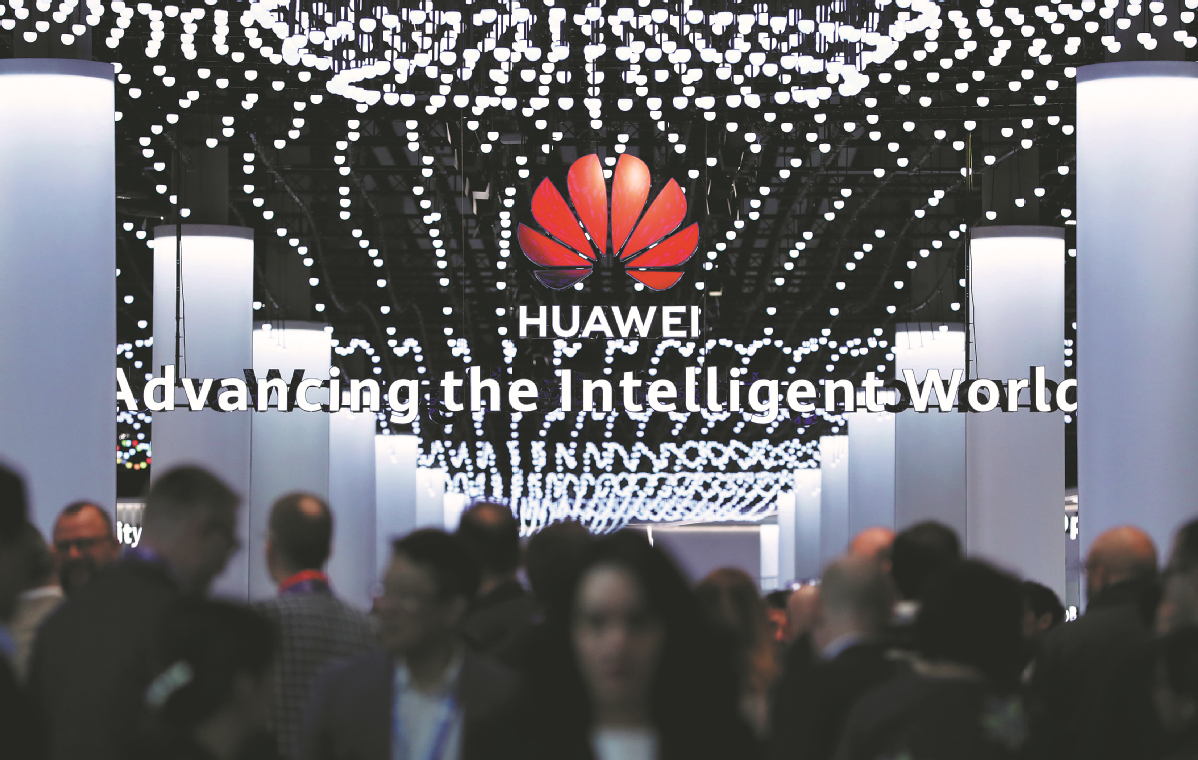
 A view of the booth of Huawei at the 2024 Mobile World Congress Barcelona in Spain earlier this year. GAO JING/XINHUA
A view of the booth of Huawei at the 2024 Mobile World Congress Barcelona in Spain earlier this year. GAO JING/XINHUA 

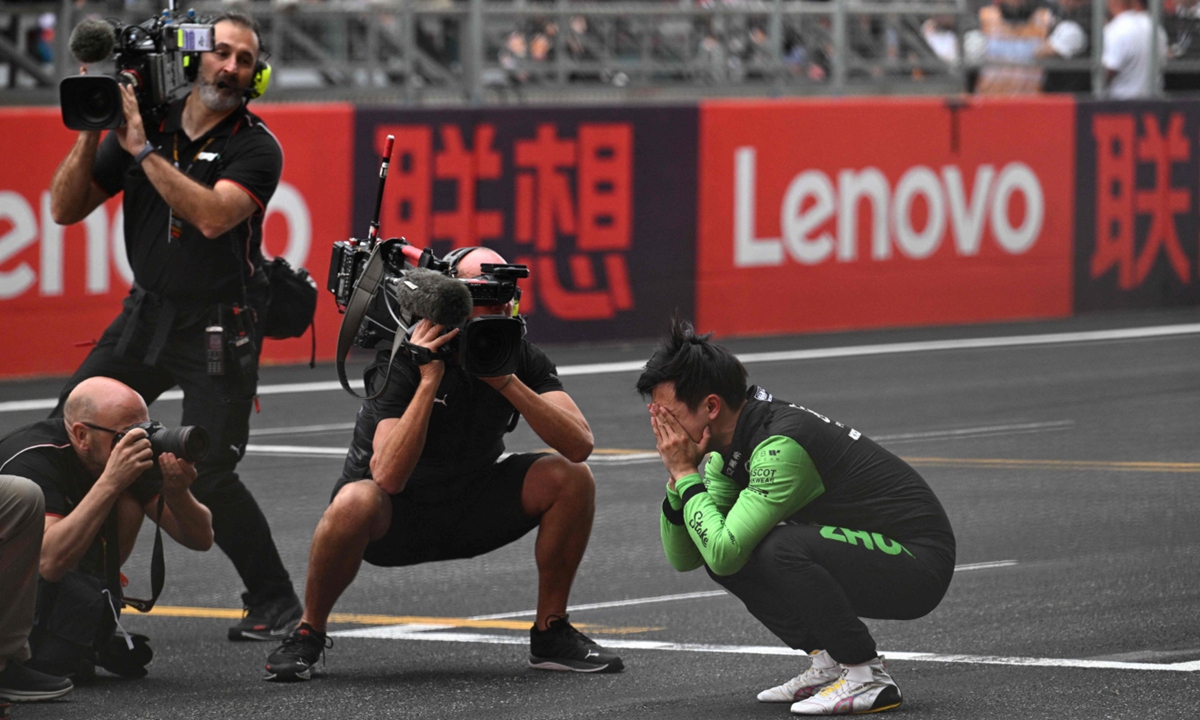
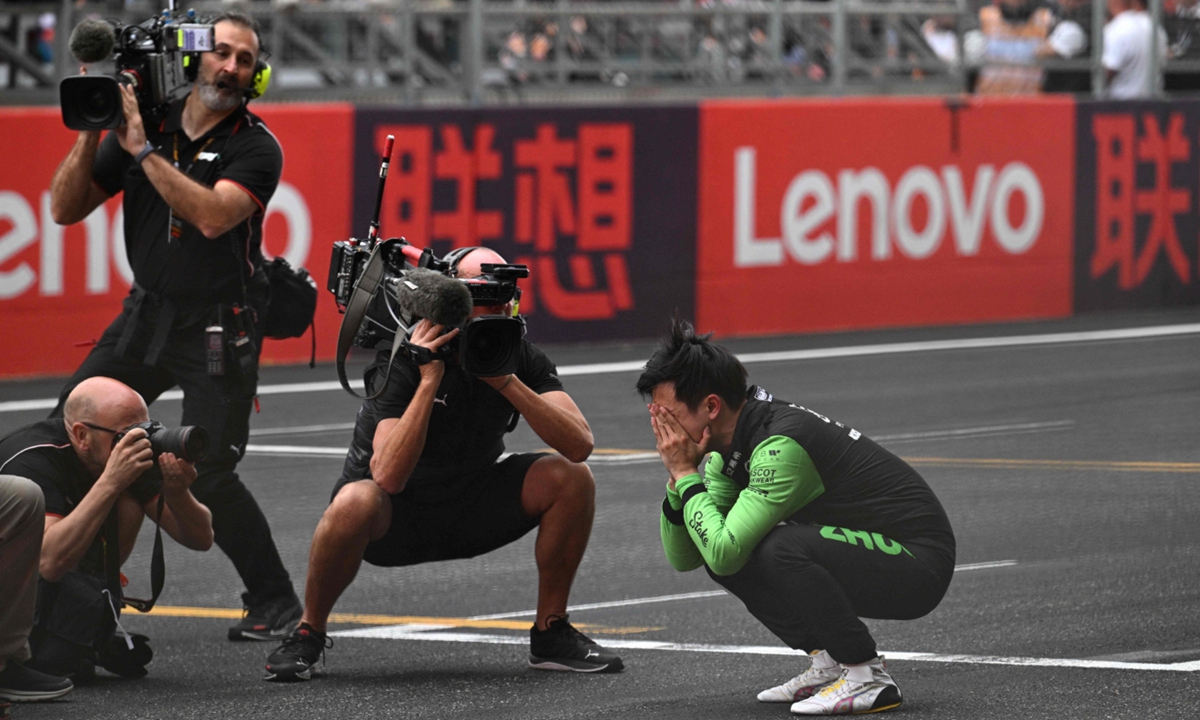



 Daimler trucks are displayed during the 6th China International Import Expo in Shanghai in November. PHOTO/CHINA DAILY
Daimler trucks are displayed during the 6th China International Import Expo in Shanghai in November. PHOTO/CHINA DAILY 